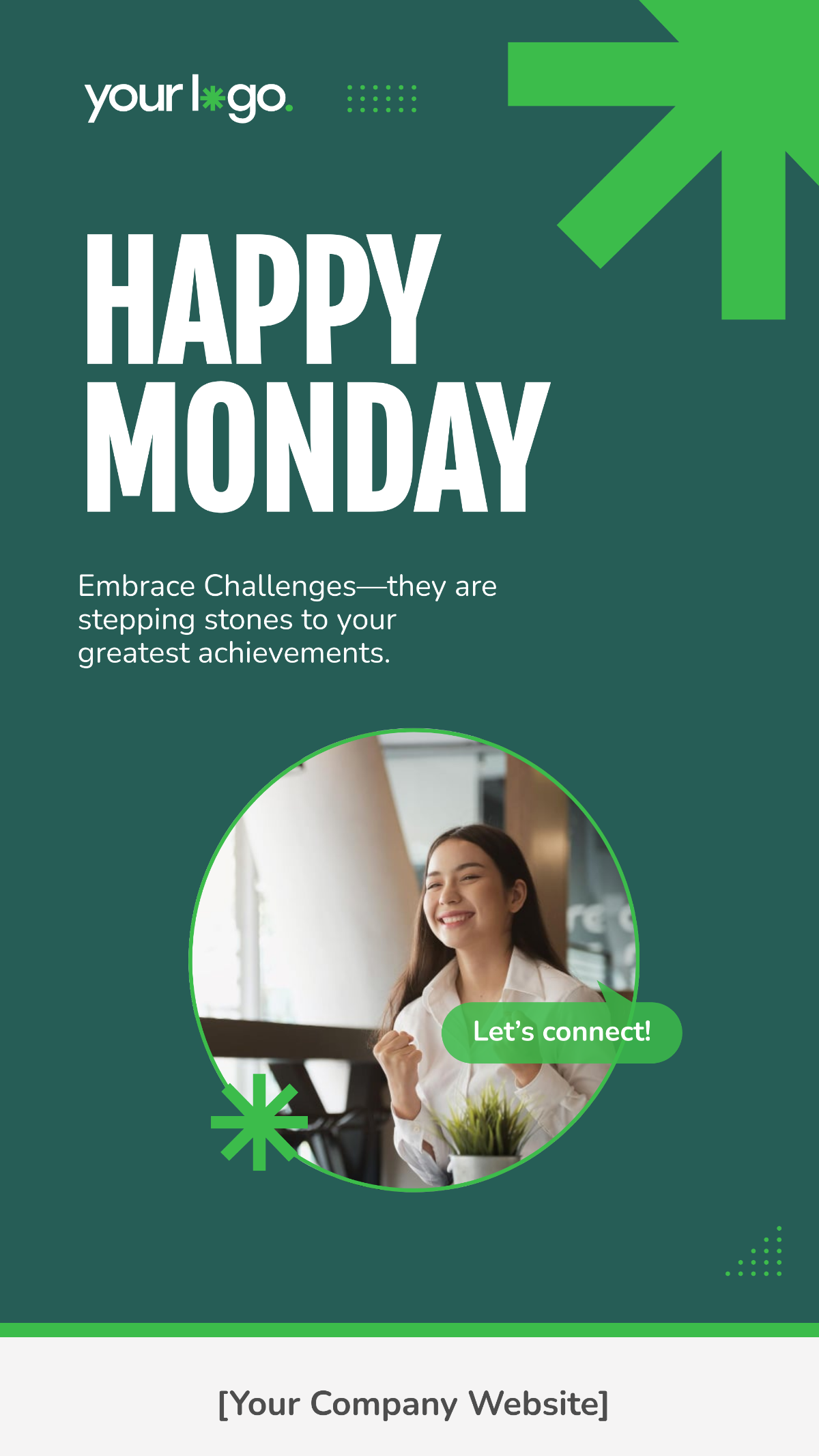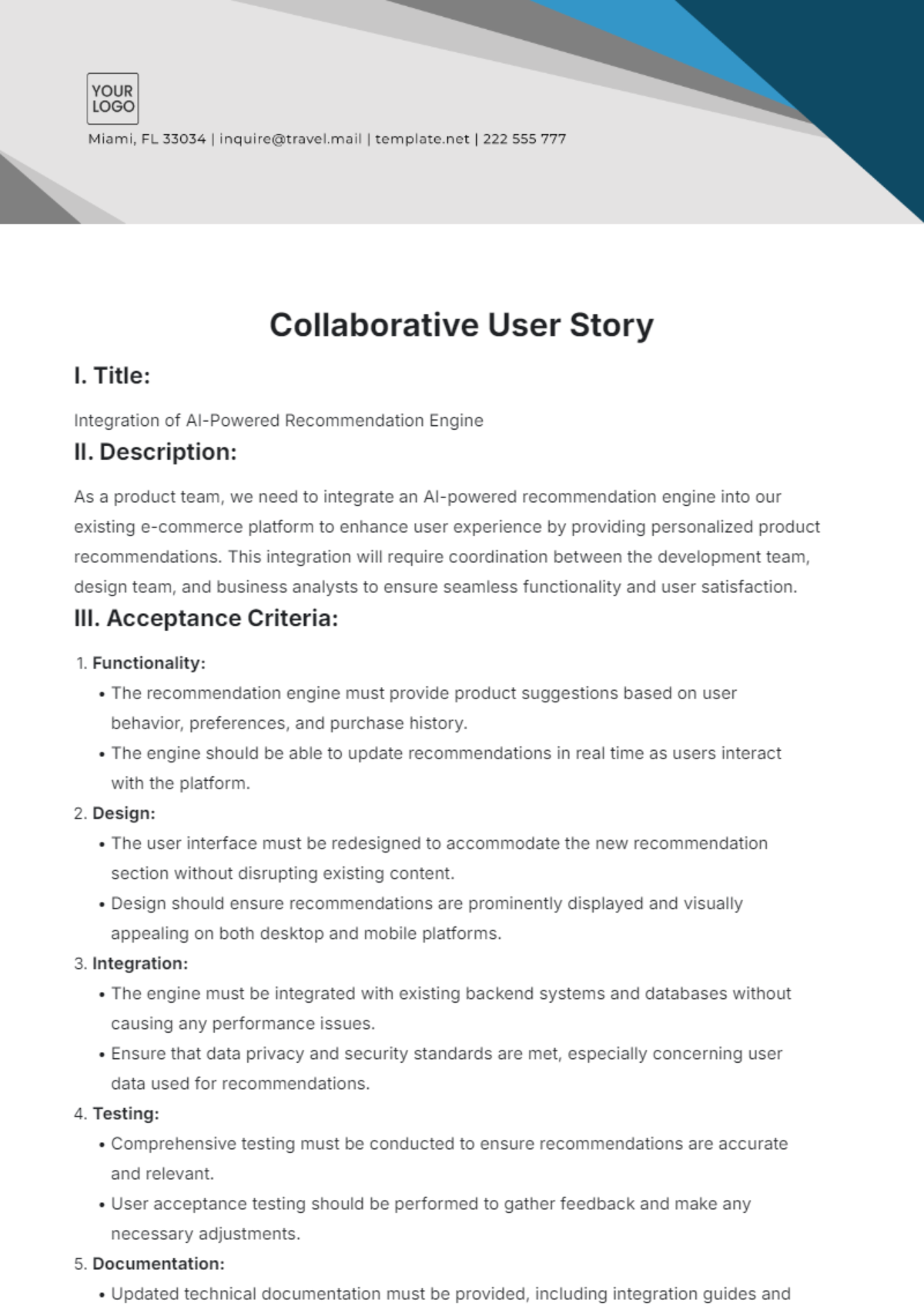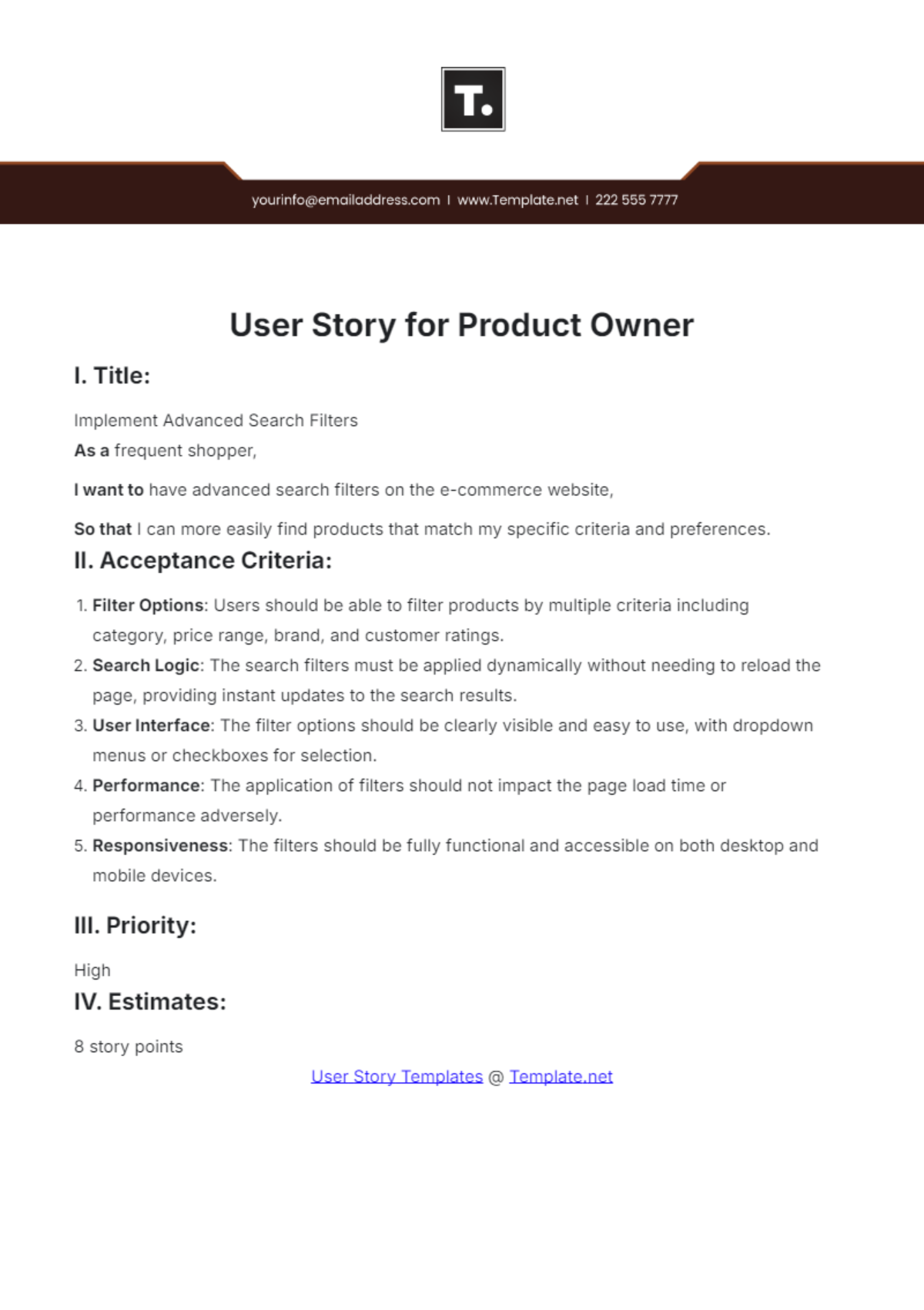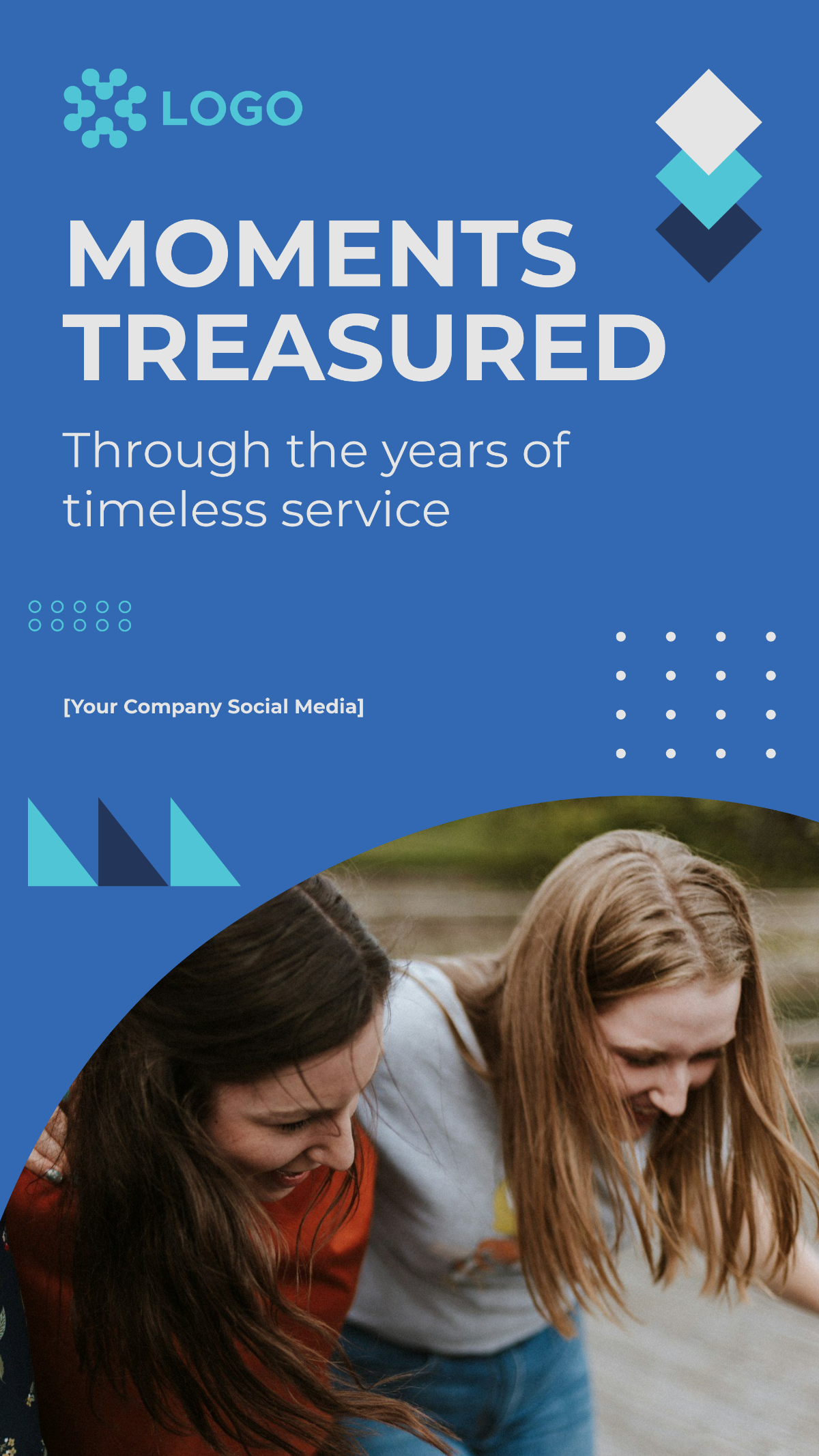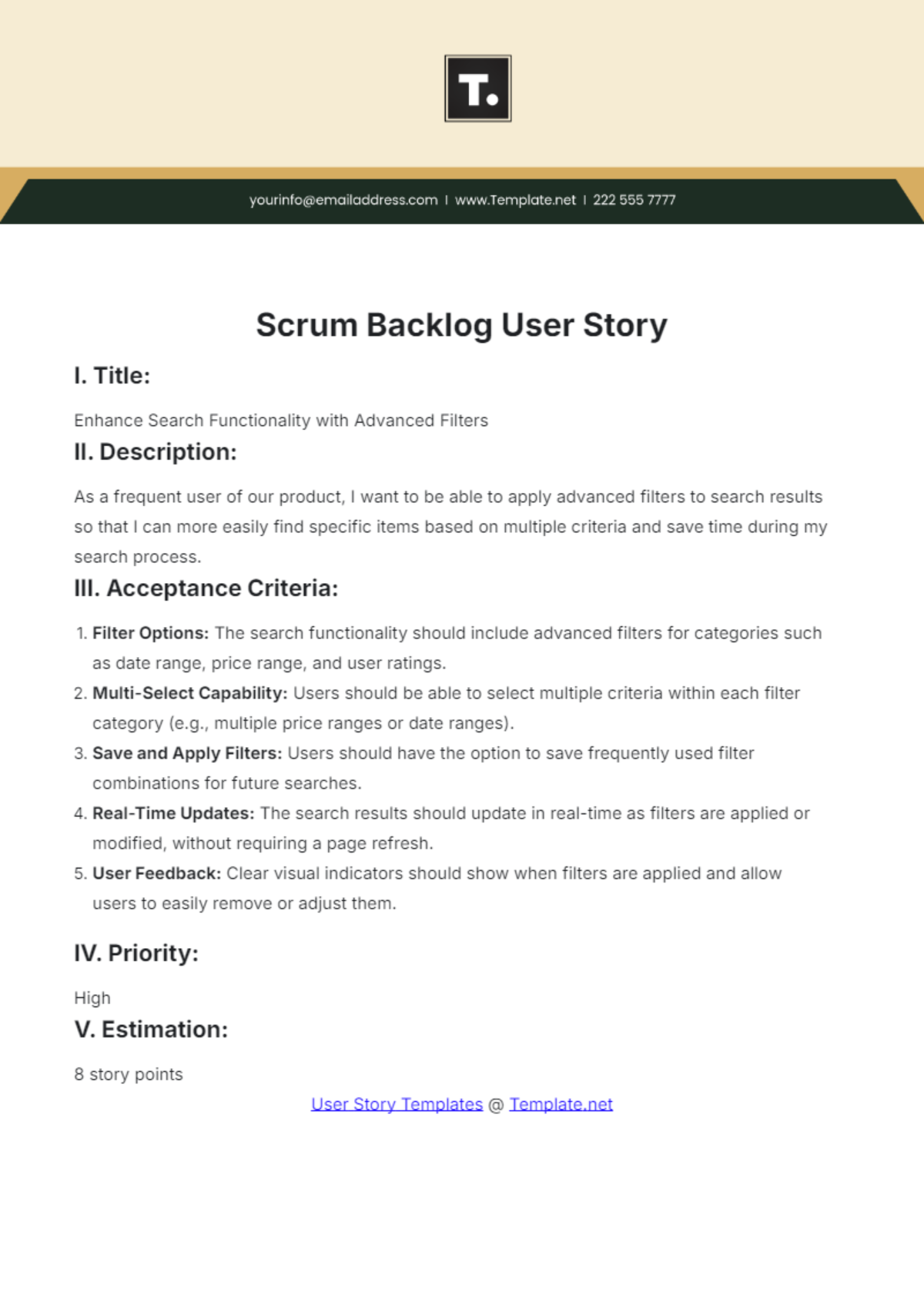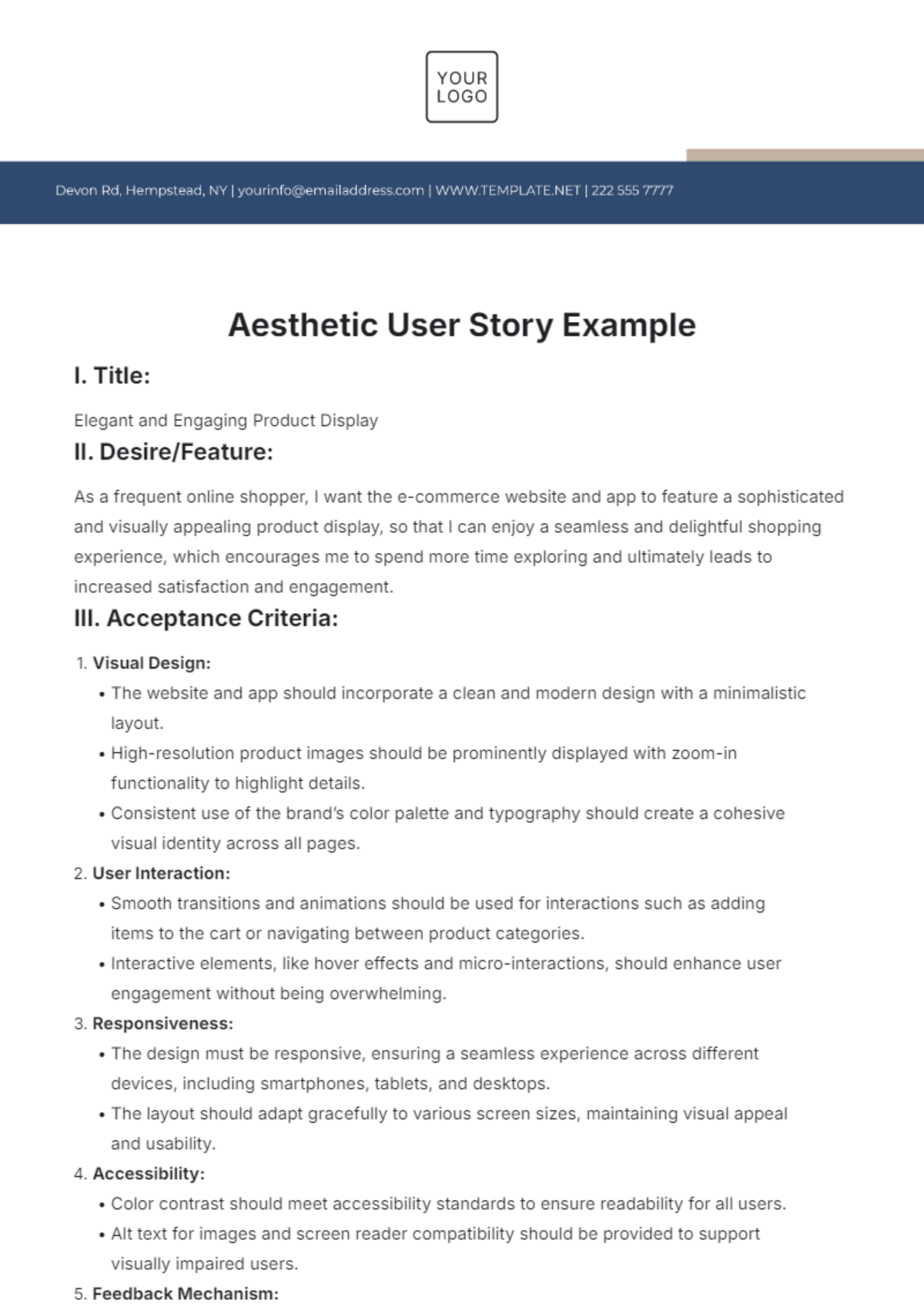Business User Story
I. Executive Summary
This section provides a high-level overview of the business user story for [Your Company Name], including the business opportunity and strategic alignment. It sets the stage for understanding how the user story will impact [Your Company Name]'s business operations and overall company goals.
Opportunity: Describe the business opportunity that this user story addresses. For instance, "Increasing efficiency in [Business Process] by automating data entry."
Alignment: Explain how this user story aligns with broader business strategies. For example, "Supports the initiative to enhance digital transformation by integrating advanced analytics."
II. Business Requirements
Here, the specific needs that the user story aims to fulfill are detailed. This section should clearly define what the business user needs and why, to ensure that the developed solution addresses these requirements accurately.
As a [Business Role],
I need [Business Requirement or Feature],
So that [Business Justification].
Example:
As a finance manager at [Your Company Name],
I need a real-time budget tracking feature,
So that I can manage departmental expenditures more effectively and make informed decisions quickly.
III. Acceptance Criteria
Specify the conditions under which the business user story will be accepted. This part acts as a checklist that defines what success looks like for the story, providing clear targets for development and quality assurance teams.
Criterion 1: Users can view real-time spending data without any delays.
Criterion 2: Data accuracy must be 99.9% to ensure reliable reporting.
Criterion 3: The feature must be compatible with existing financial software.
Checklist
Real-time functionality is verified
Data accuracy is tested and confirmed
Compatibility with current systems is assured
IV. Functional Specifications
Detail the technical and functional aspects that need to be developed or modified. This section helps technical teams understand what needs to be built and ensures that the functionality aligns with business requirements.
System Modifications: Note any changes needed in existing systems, like "Update the database schema to include a new table for tracking expenditures."
New Functionalities: List new functionalities that need to be developed, such as "A dashboard for visualizing spending trends."
V. Stakeholder Analysis
Identify key stakeholders involved in the user story. Understanding who is affected by and who can influence the story is crucial for ensuring appropriate focus and resource allocation.
Primary Stakeholders: List main business users and decision-makers, such as "Finance department, IT department."
Impact Analysis: Describe how the story affects each stakeholder, e.g., "Finance team will reduce time spent on manual data entry by 30%."
VI. Implementation Plan
Outline the steps necessary to implement the user story, from initial development to final rollout. This timeline ensures that all parties are aware of their responsibilities and deadlines.
Development Timeline: Provide a timeline for each phase of the development process.
Testing and QA: Detail the testing phases and quality assurance measures.
Rollout Strategy: Explain how the feature will be deployed to users, including any training required for business users.
Table of Implementation Steps
Phase | Description | Deadline |
|---|---|---|
Development | Build the initial version | [Date] |
Testing | Conduct functional testing | [Date] |
Deployment | Go live and monitor performance | [Date] |
By utilizing this document, teams at [Your Company Name] can ensure that they address both the technical and business aspects of new features effectively. This structured approach facilitates better planning, execution, and alignment with strategic business objectives.



